

— Products —
 Consumer hotline +8618073152920
Consumer hotline +8618073152920 WhatsApp:+8615367865107
Address:Room 102, District D, Houhu Industrial Park, Yuelu District, Changsha City, Hunan Province, China
All products
Anemometer is an instrument or device used to measure wind speed. It determines the wind speed by measuring the force or effect of the wind on its sensing components, such as cups, blades or hot wires. Anemometer is widely used in meteorological observation, wind energy utilization, aerospace, environmental monitoring and other fields. Different types of sensors have their own advantages and applicability in different application scenarios.
Tel/WhatsApp:+8615367865107
Email:Arvin@niubol.com +Nearly 100 partner companies in more than 68 countries. We are committed to providing high-quality, practical products to meet your needs and help you solve problems. Our products comply with international standards and are certified with ISO, CE and RoHS.Product Details
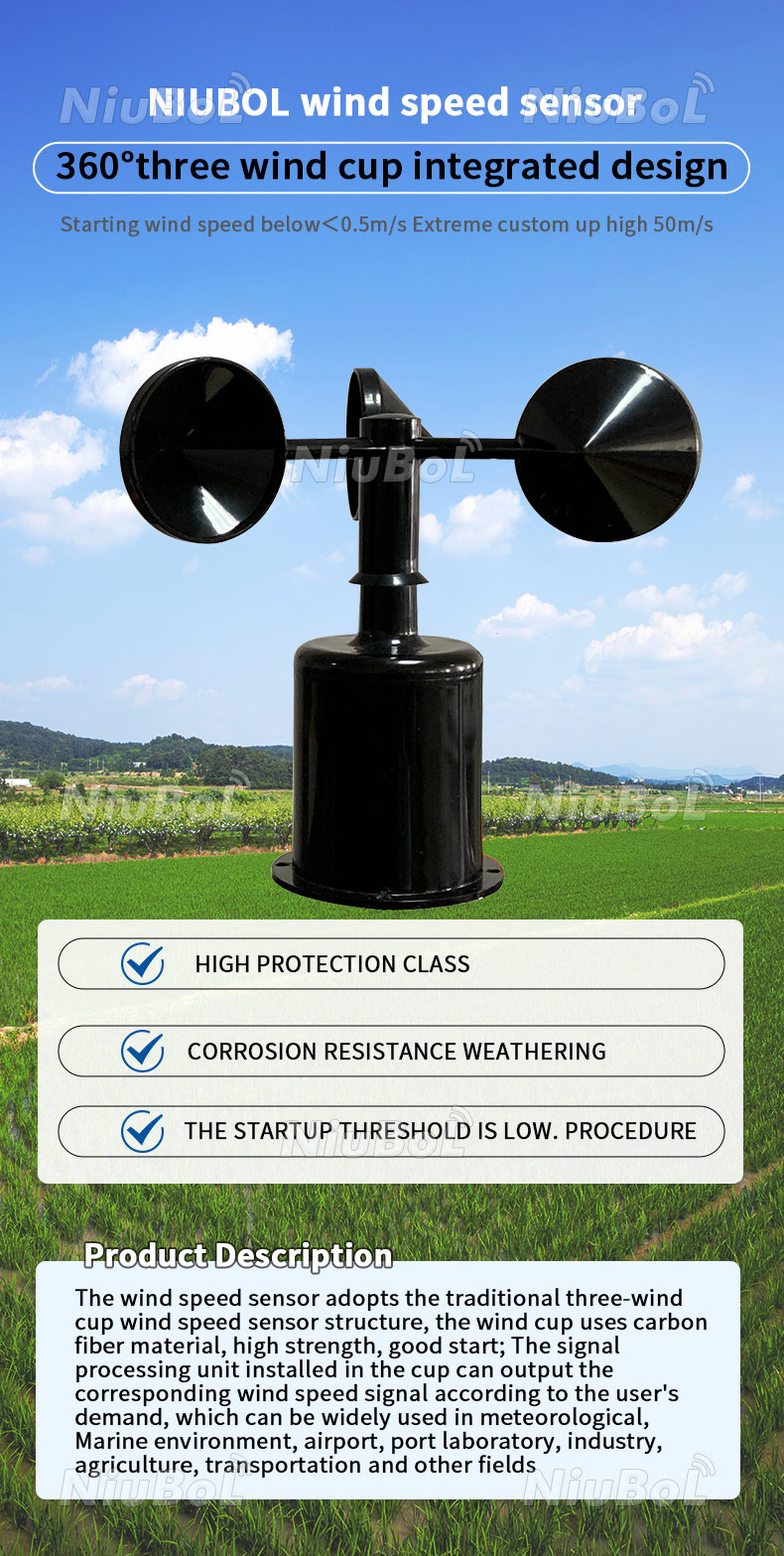
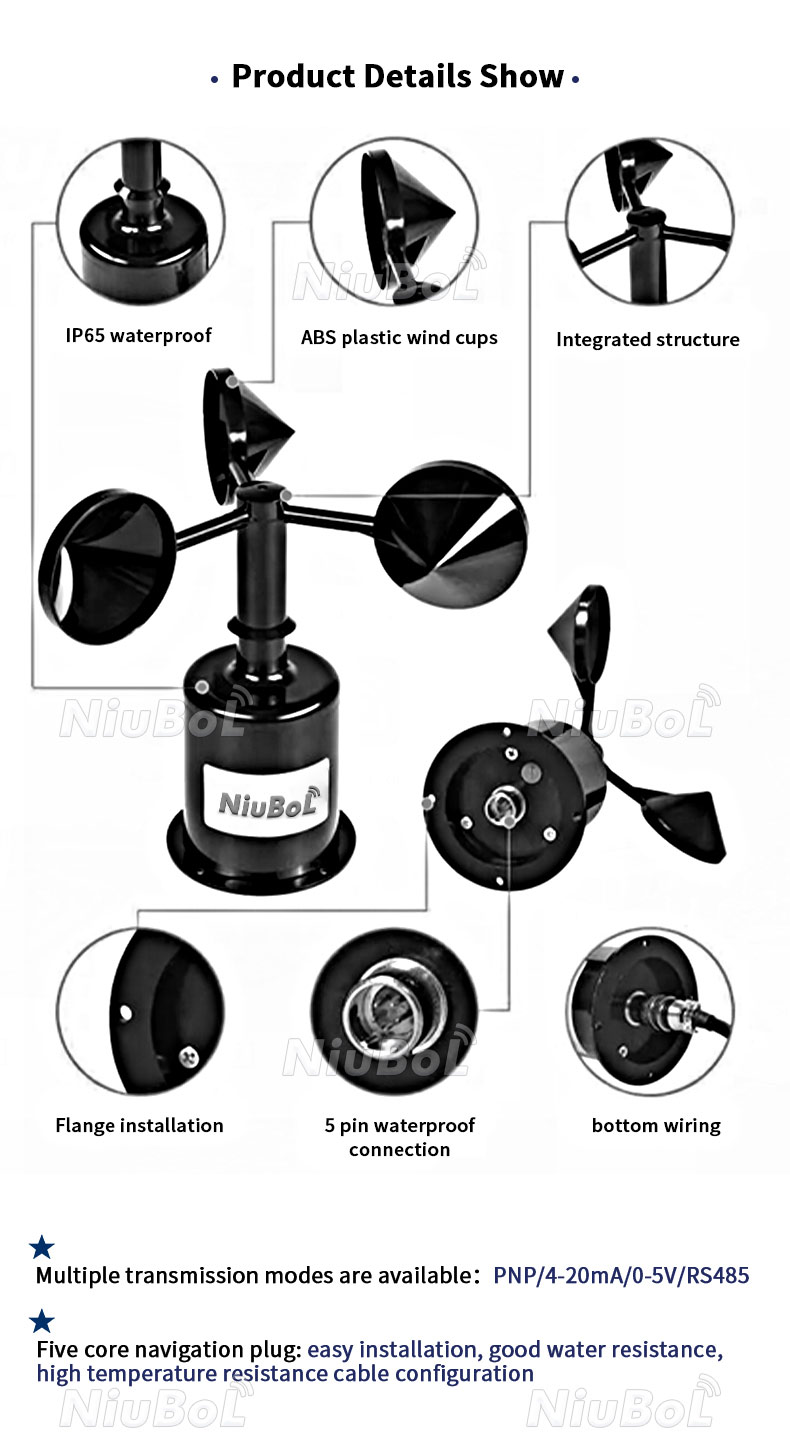
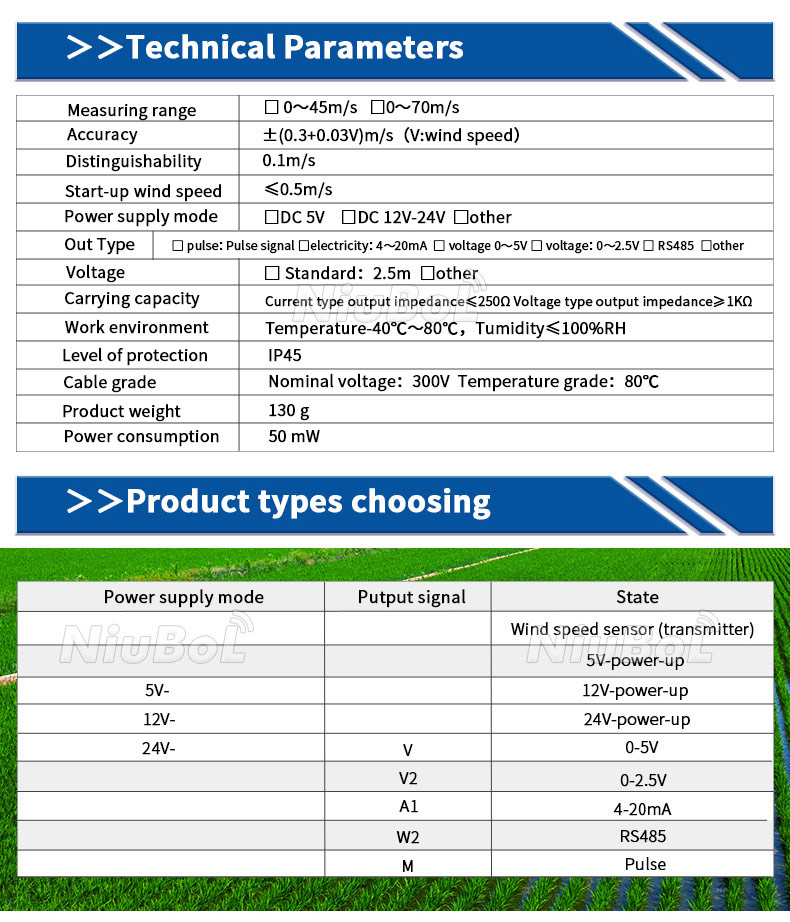
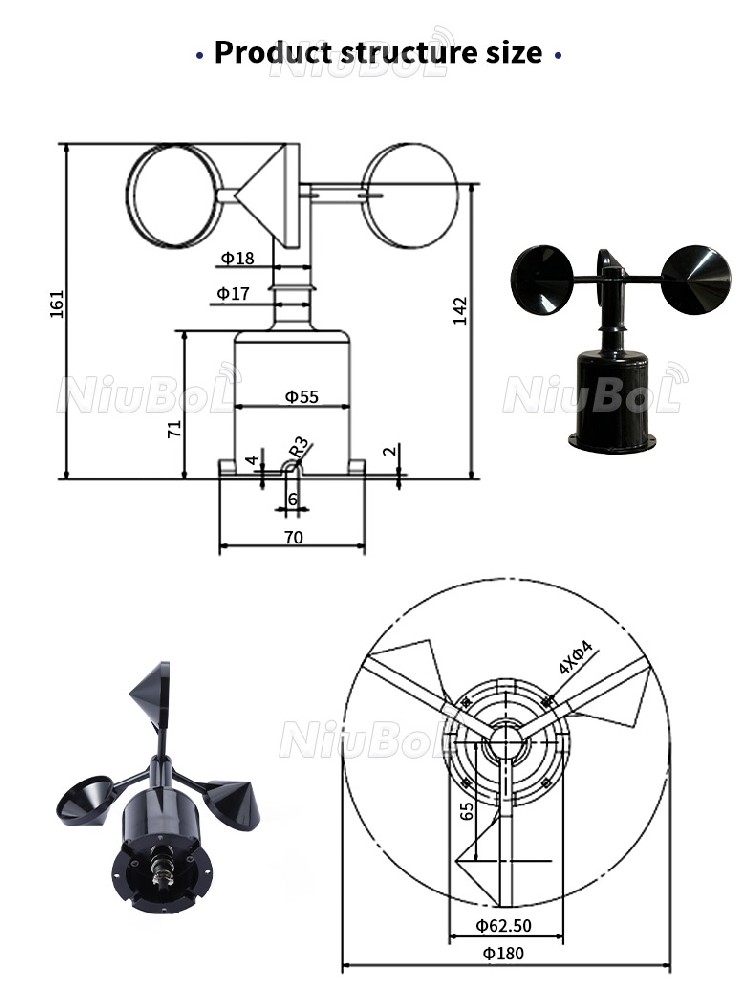
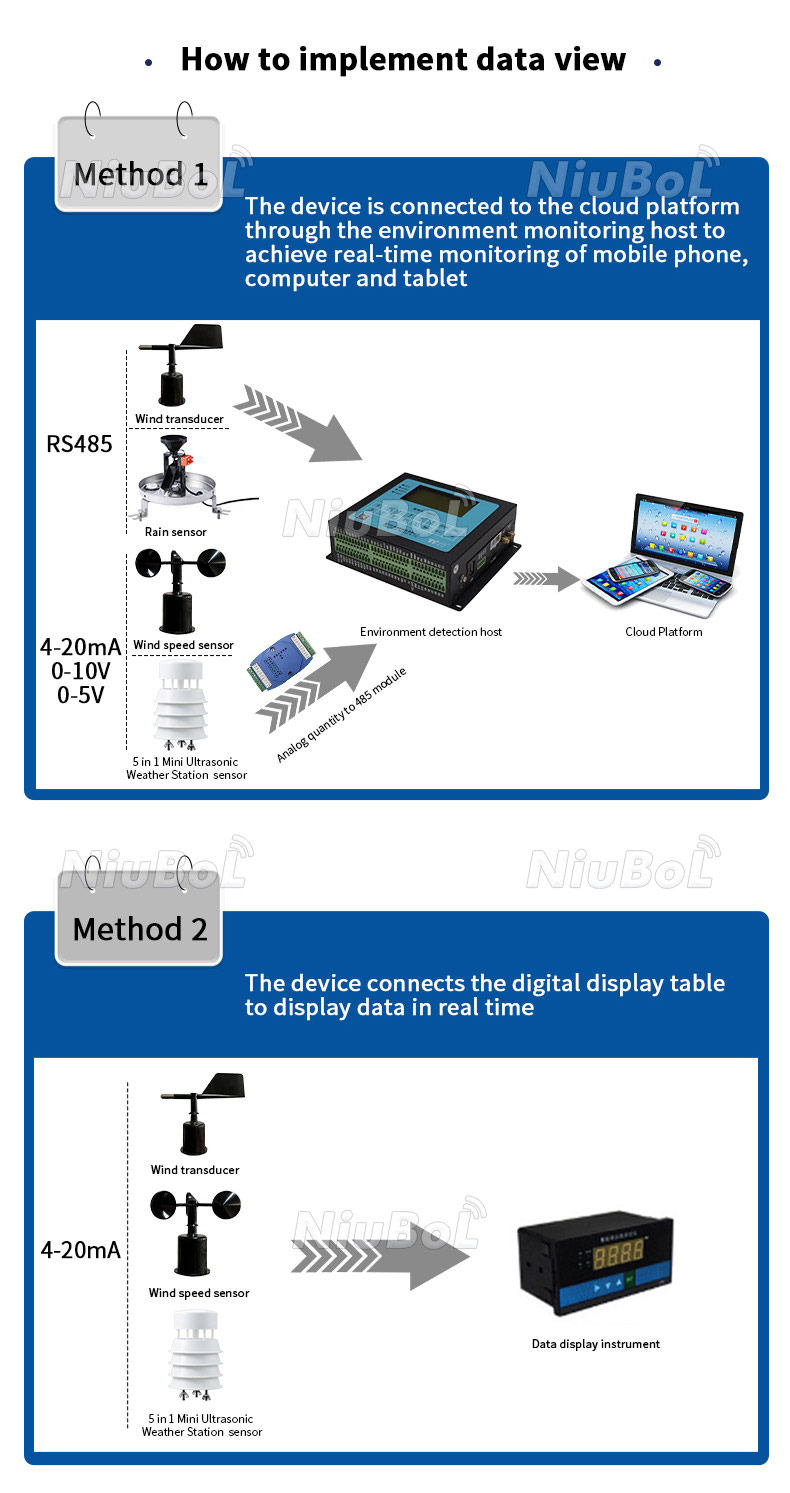
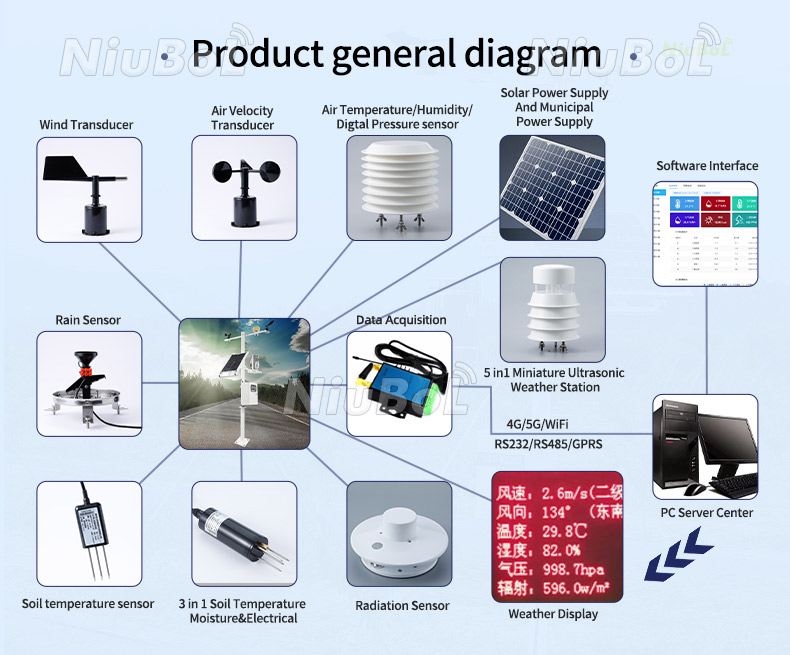
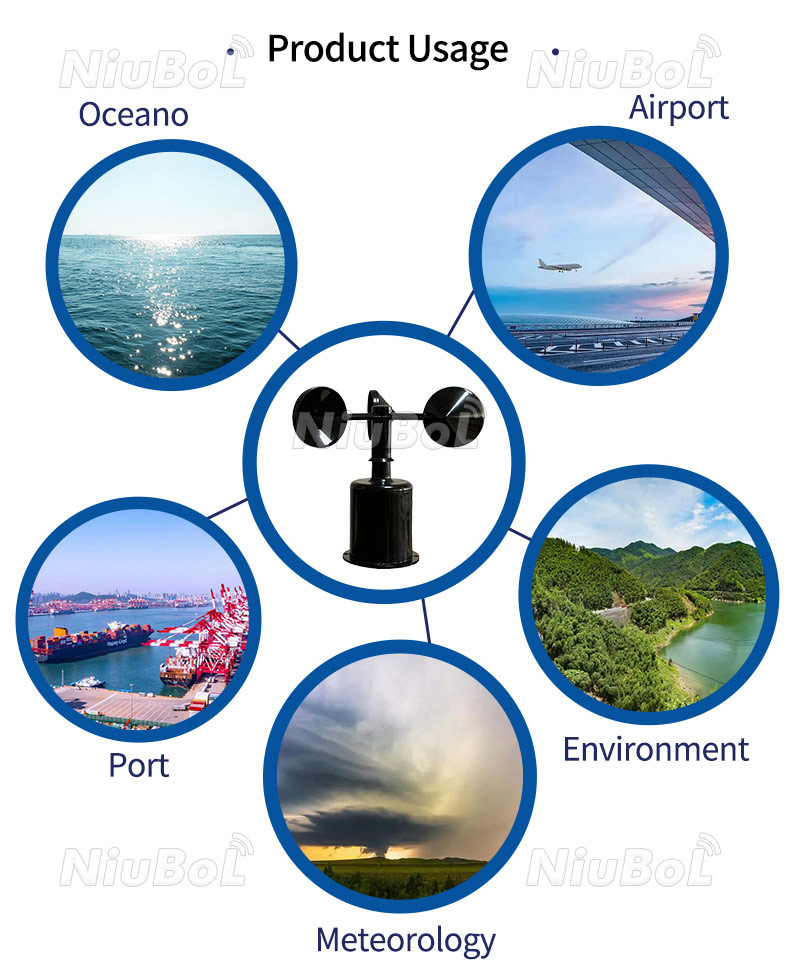
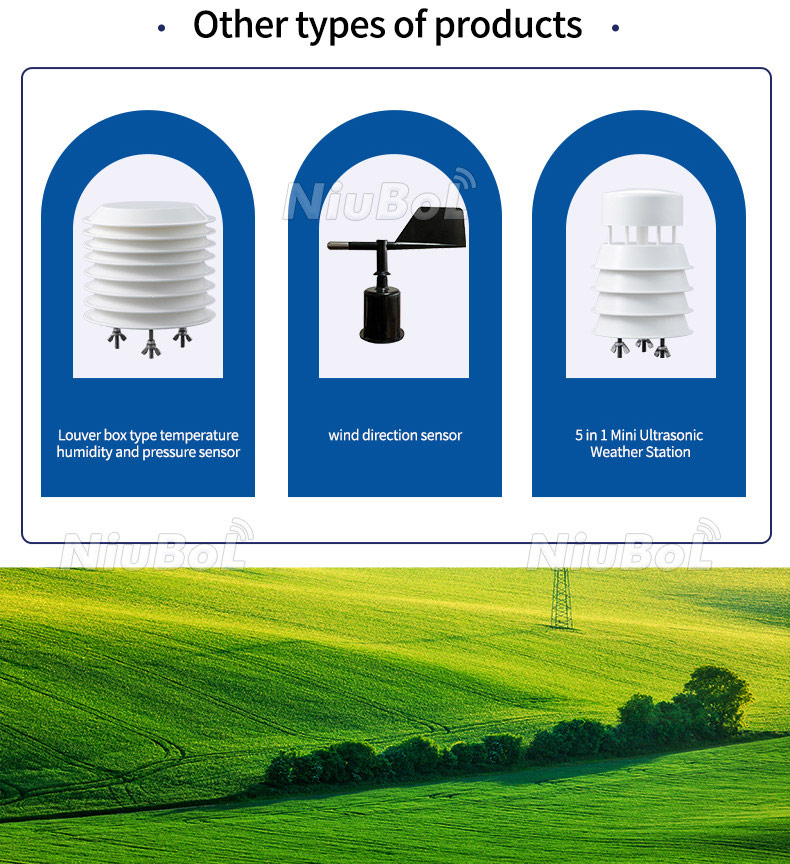
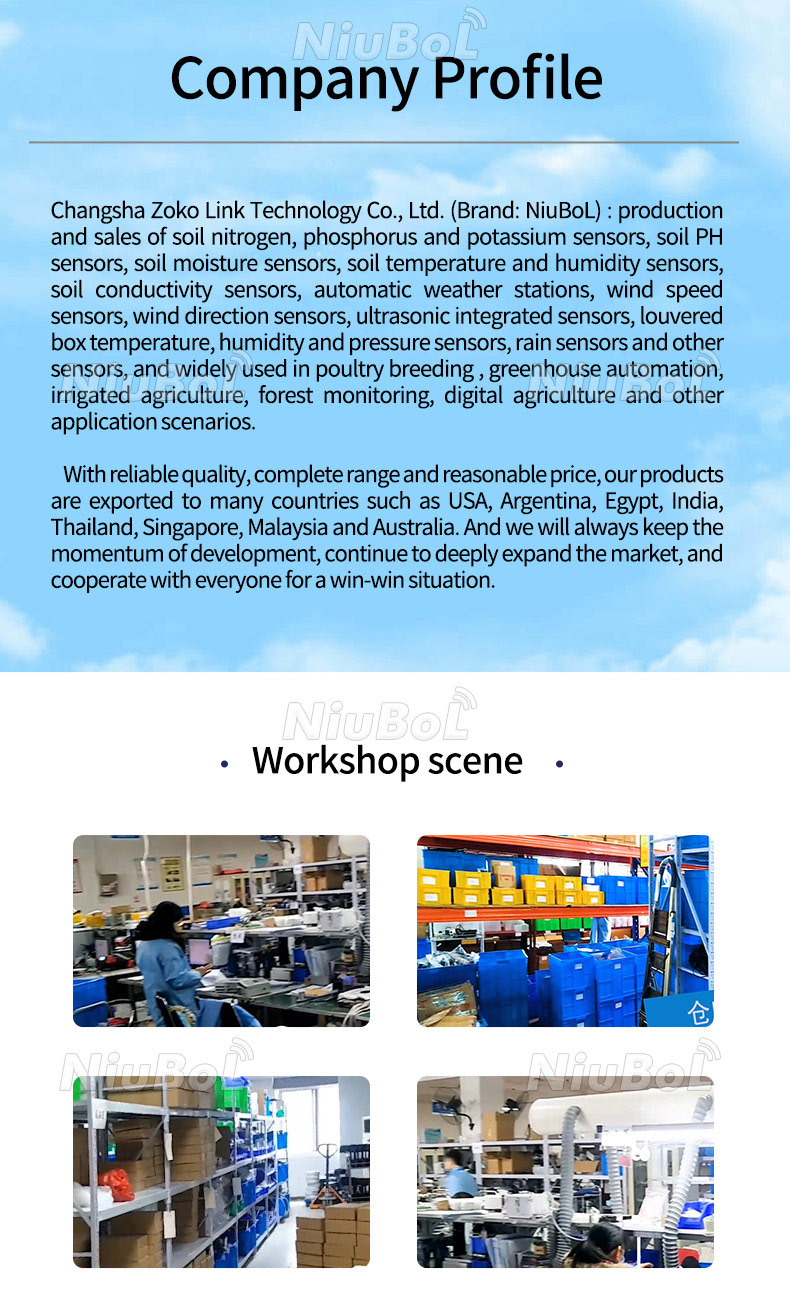
Anemometer is an instrument or device used to measure wind speed. It determines the wind speed by measuring the force or effect of the wind on its sensing components, such as cups, blades or hot wires.
The design and working principle of wind speed sensors vary by type, and several common types include:
Cup-type Anemometer: This sensor usually consists of three or four cups, which are fixed to a horizontal axis. When the wind blows, the airflow creates a rotating motion that causes the cup to rotate around its axis. The rotation speed is proportional to the wind speed, and a mechanical or electronic device inside the sensor converts the rotation into an electrical signal, which in turn calculates the wind speed.
Vane Anemometer: This sensor uses a rotating blade or propeller to measure wind speed. When the wind blows, the wind makes the blades rotate. The speed of rotation is proportional to the wind speed, and a mechanical or electronic device inside the sensor converts the rotation into an electrical signal, thus measuring the wind speed.
Hot wire Anemometer: This sensor uses hot wires (also known as hot wires) to measure wind speed. The hot wire is heated to a specific temperature, and when the wind blows, the wind speed changes the cooling rate of the hot wire. By measuring the change in resistance or current of the hot wire, the wind speed can be determined.
Ultrasonic Anemometer: Ultrasonic wind speed sensors use ultrasonic technology to measure wind speed. It emits ultrasonic pulses and measures how long the pulses travel in the wind. Wind speed can be determined by calculating the time difference of sound wave propagation under the influence of wind speed.
Anemometer is widely used in meteorological observation, wind energy utilization, aerospace, environmental monitoring and other fields. Different types of sensors have their own advantages and applicability in different application scenarios.
The primary function of an anemometer is to measure and provide accurate information about the speed or velocity of wind. It is a device designed to detect and quantify the movement of air molecules. The specific functions of an anemometer include:
1. Wind Speed Measurement: An anemometer measures the speed of the wind in units such as meters per second (m/s), kilometers per hour (km/h), miles per hour (mph), or knots. It provides real-time data on how fast the air is moving.
2. Wind Direction Measurement: Many anemometers also have the ability to determine the direction from which the wind is blowing. This information is crucial for various applications, such as weather forecasting, aviation, and sailing.
3. Environmental Monitoring: Anemometers are used in environmental monitoring systems to assess airflow patterns, study air pollution dispersion, and evaluate ventilation systems. They help in understanding the movement and behavior of air in different environments.
4. Weather Forecasting: Anemometers provide essential data for weather forecasting models. By measuring wind speed and direction, meteorologists can better understand atmospheric conditions and make accurate predictions about upcoming weather events.
5. Wind Energy Generation: Anemometers play a critical role in wind energy generation. They are used to determine the wind speed at a particular location and height, helping in the efficient installation and operation of wind turbines.
6. Research and Experimentation: Anemometers are utilized in scientific research and experiments related to fluid dynamics, aerodynamics, and climatology. They help scientists and researchers understand wind patterns, air flows, and their impact on various phenomena.
7. HVAC Systems: Anemometers are used in heating, ventilation, and air conditioning (HVAC) systems to monitor and optimize airflow rates. By measuring the velocity of air, anemometers aid in maintaining comfortable indoor environments and improving energy efficiency.
Overall, the function of an anemometer is to provide accurate measurements of wind speed and direction, enabling various applications in weather monitoring, environmental studies, energy generation, and scientific research.
The price of an anemometer can vary depending on the type, features, and quality of the device. Here are some estimated price ranges for different types of anemometers:
1. Cup Anemometer: Prices can range from $20 for a basic model to around $500 USD for a more advanced, professional-grade cup anemometer.
2. Vane Anemometer: Prices can range from $50 for a basic model to around 500 USD for a high-end vane anemometer with advanced features.
3. Hot-Wire Anemometer: Prices can range from $200for a basic model to around $1000 USD for a more advanced hot-wire anemometer with additional features.
4. Ultrasonic Anemometer: Prices can range from $500 USD for a basic model to around $3000 USD for a high-end ultrasonic anemometer with advanced features.
It's important to note that these prices are only estimates and may vary depending on the brand, model, and seller. Some factors that can affect the price of an anemometer include accuracy, durability, ease of use, and additional features such as data logging and connectivity options. It's recommended to do research and compare different models before making a purchase to ensure that you get the best value for your money.
Sensors & Weather Stations Catalog
Agriculture Sensors and Weather Stations Catalog-NiuBoL.pdf
Weather Stations Catalog-NiuBoL.pdf
Related recommendations
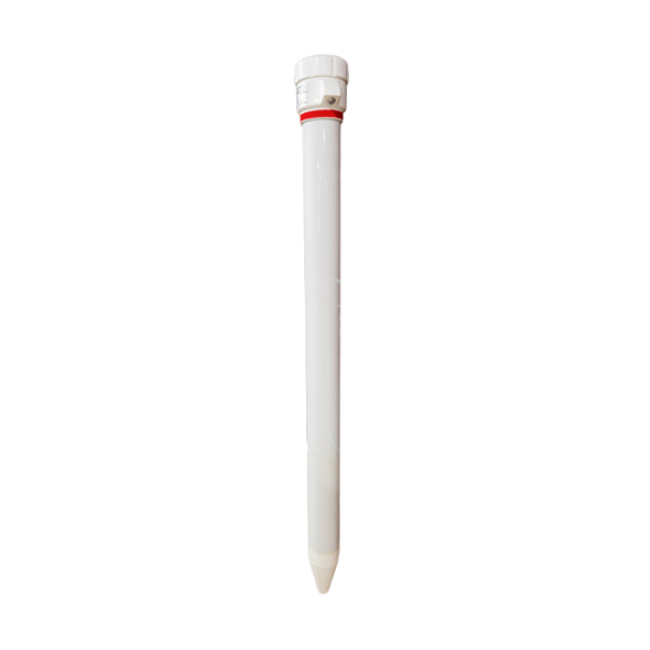 Multi-Depth Soil Sensor RS485
Multi-Depth Soil Sensor RS485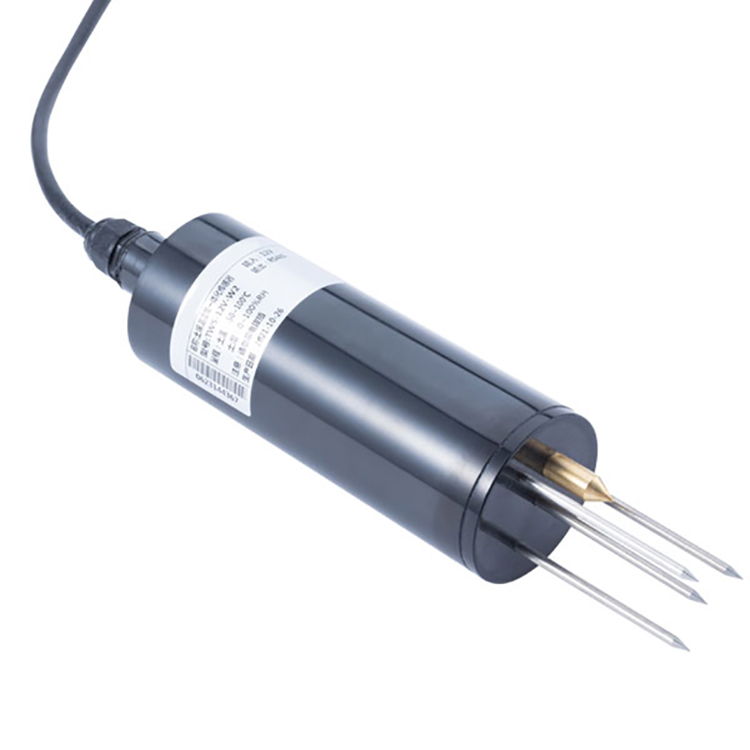 TDR Soil Moisture Sensor
TDR Soil Moisture Sensor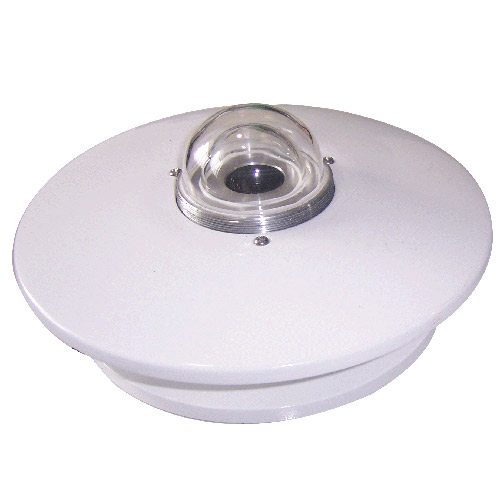 Pyranometer Solar Radiation Sensors
Pyranometer Solar Radiation Sensors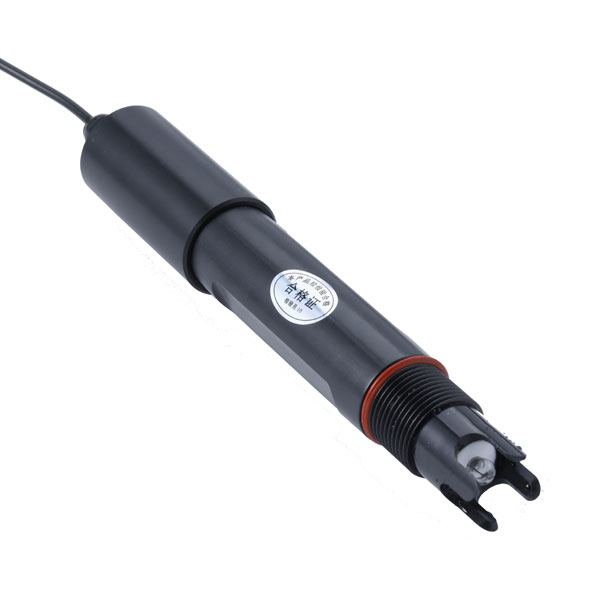 Soil ph sensor
Soil ph sensor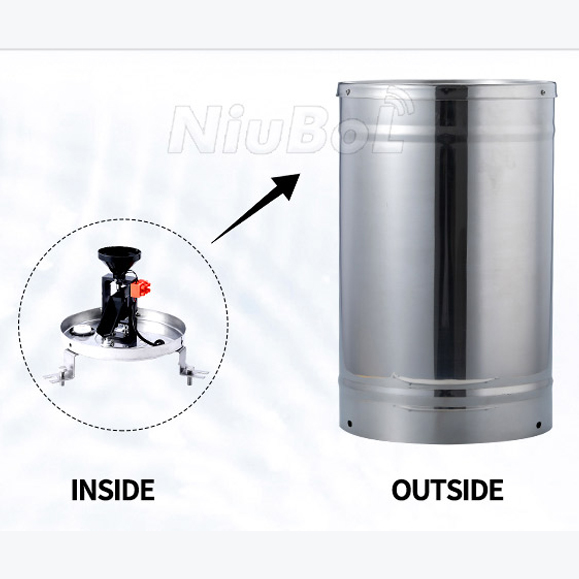 Tipping Bucket Rain Gauge
Tipping Bucket Rain Gauge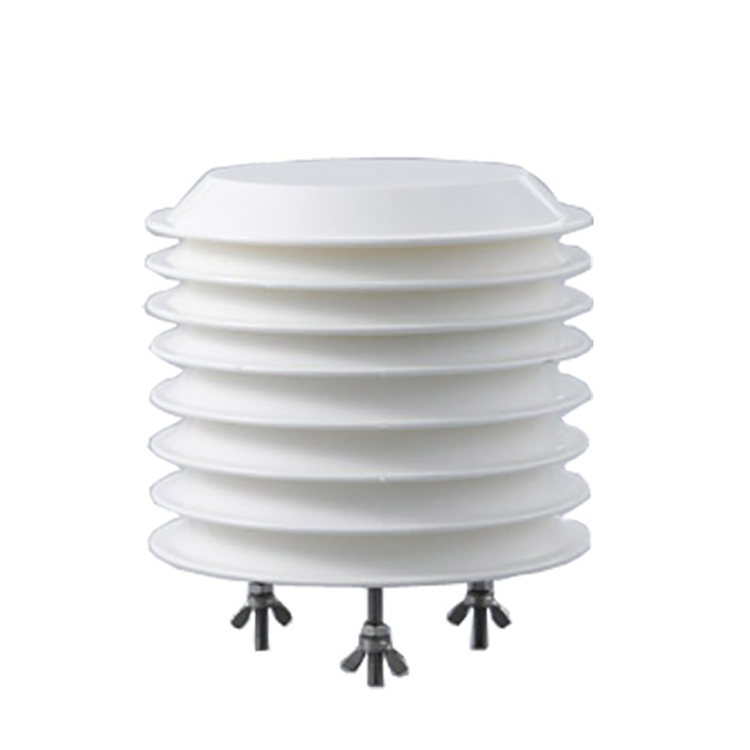 Air Temperature and Humidity Sensor
Air Temperature and Humidity Sensor
Screenshot, WhatsApp to identify the QR code
WhatsApp number:+8615367865107
(Click on WhatsApp to copy and add friends)
